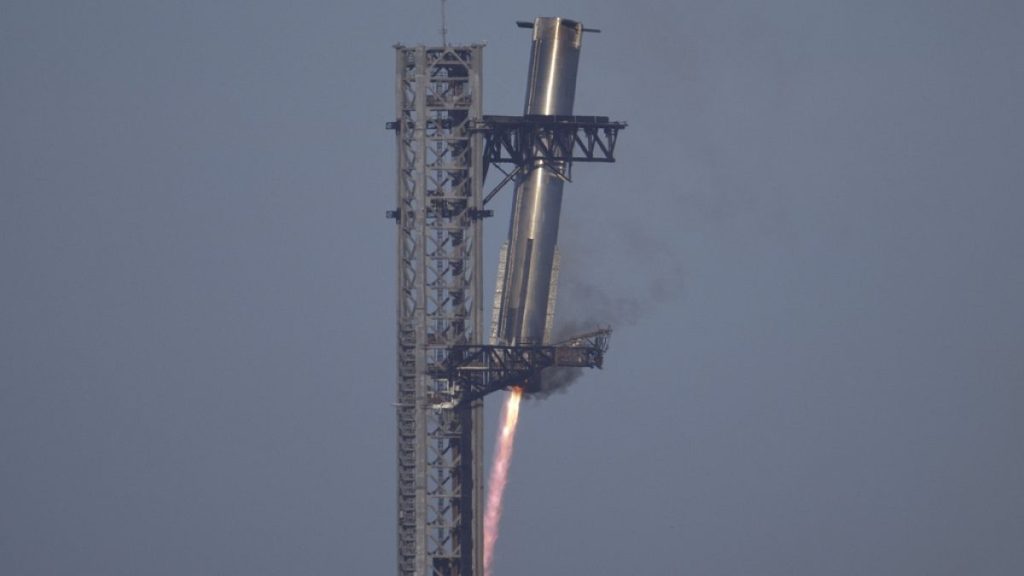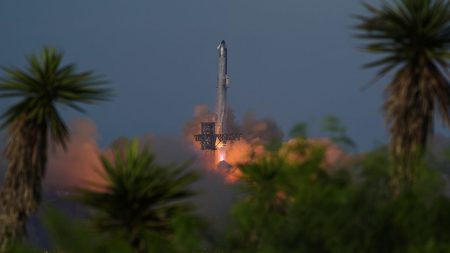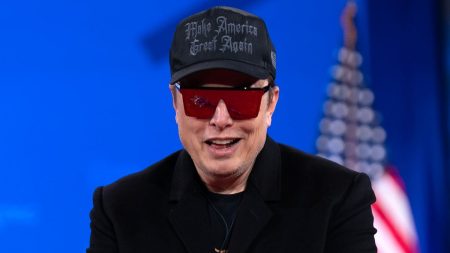Paragraph 1: Starship’s Ambitious Test Flight and Unfortunate Disassembly
SpaceX, the private space exploration company founded by Elon Musk, embarked on a highly anticipated test flight of its Starship rocket, a fully reusable spacecraft designed for missions to the Moon, Mars, and beyond. Launched from SpaceX’s Starbase facility in Boca Chica, Texas, the Starship aimed to achieve a near-orbital trajectory, showcasing its capabilities and pushing the boundaries of space travel. However, the mission encountered a significant setback when the spacecraft experienced a "rapid unscheduled disassembly," a euphemism for breaking apart, approximately 8.5 minutes into its flight. This incident marked another challenging chapter in the development of Starship, highlighting the inherent risks involved in pushing the frontiers of space technology.
Paragraph 2: Engine Shutdown and Loss of Contact: Unraveling the Flight’s Final Moments
As the Starship ascended, a series of engine shutdowns unfolded, posing a critical challenge to the mission’s success. The spacecraft’s six Raptor engines appeared to cease functioning one by one, ultimately leading to the loss of contact with ground control. The precise cause of these engine shutdowns remains under investigation, with SpaceX engineers meticulously analyzing data from the test flight to determine the root cause. Despite the unfortunate outcome, the company emphasized the value of the test data in refining Starship’s design and enhancing its reliability for future missions. This commitment to learning from both successes and failures underscores the iterative nature of aerospace development.
Paragraph 3: A Glimmer of Success Amidst Disappointment: The Booster’s Historic Catch
Despite the ultimate failure of the Starship test flight, a remarkable achievement occurred during the mission’s early stages. SpaceX successfully employed its "Mechazilla" launch tower to catch the returning Super Heavy booster, the colossal first-stage rocket responsible for propelling Starship into the upper atmosphere. This intricate maneuver, involving giant robotic arms nicknamed "chopsticks," had only been successfully executed once before, marking a significant milestone in reusable rocket technology. The successful booster catch demonstrated the feasibility of recovering and reusing this crucial component, potentially reducing the cost of future missions.
Paragraph 4: Reactions and Reflections on the Test Flight Outcome
The dramatic events surrounding the Starship test flight elicited a mixed reaction from SpaceX personnel and onlookers alike. While the successful booster recovery initially sparked excitement, the subsequent disintegration of the Starship left many disappointed. SpaceX spokesman Dan Huot acknowledged the setback while emphasizing the experimental nature of the test flight, highlighting the inherent risks associated with pushing the boundaries of aerospace innovation. The loss of the Starship served as a reminder of the complex challenges involved in developing and operating such advanced spacecraft.
Paragraph 5: Preliminary Analysis and Proposed Modifications: Addressing Potential Fuel Leak Issues
Elon Musk, the visionary behind SpaceX, offered preliminary insights into the possible cause of the Starship’s failure, suggesting a potential fuel leak. Musk indicated that leaking fuel might have accumulated pressure in a cavity above the engine firewall, potentially contributing to the malfunction. He outlined proposed modifications to address this issue, including the addition of fire suppression systems, enhanced venting mechanisms, and more rigorous leak detection procedures. These proposed changes reflect SpaceX’s commitment to continuous improvement and its determination to overcome technical challenges in its pursuit of ambitious space exploration goals.
Paragraph 6: Contextualizing Starship’s Test Flight: A Broader Perspective on Space Exploration
The Starship test flight occurred within a dynamic landscape of space exploration, marked by both advancements and setbacks. On the same day, Blue Origin, the space company founded by Jeff Bezos, launched its New Glenn rocket on its inaugural test flight. While the New Glenn successfully deployed an experimental satellite, its first-stage booster was lost during its attempted landing on a floating platform. These parallel events underscored the challenges and complexities inherent in space exploration, highlighting the ongoing efforts by various companies to develop and refine new technologies for venturing beyond Earth’s bounds. The Starship test, despite its unfortunate outcome, contributes valuable data and experience to the collective pursuit of humanity’s spacefaring ambitions. The pursuit of space exploration is a journey of continuous learning and adaptation, and setbacks like the Starship disassembly provide crucial insights that propel us forward.














